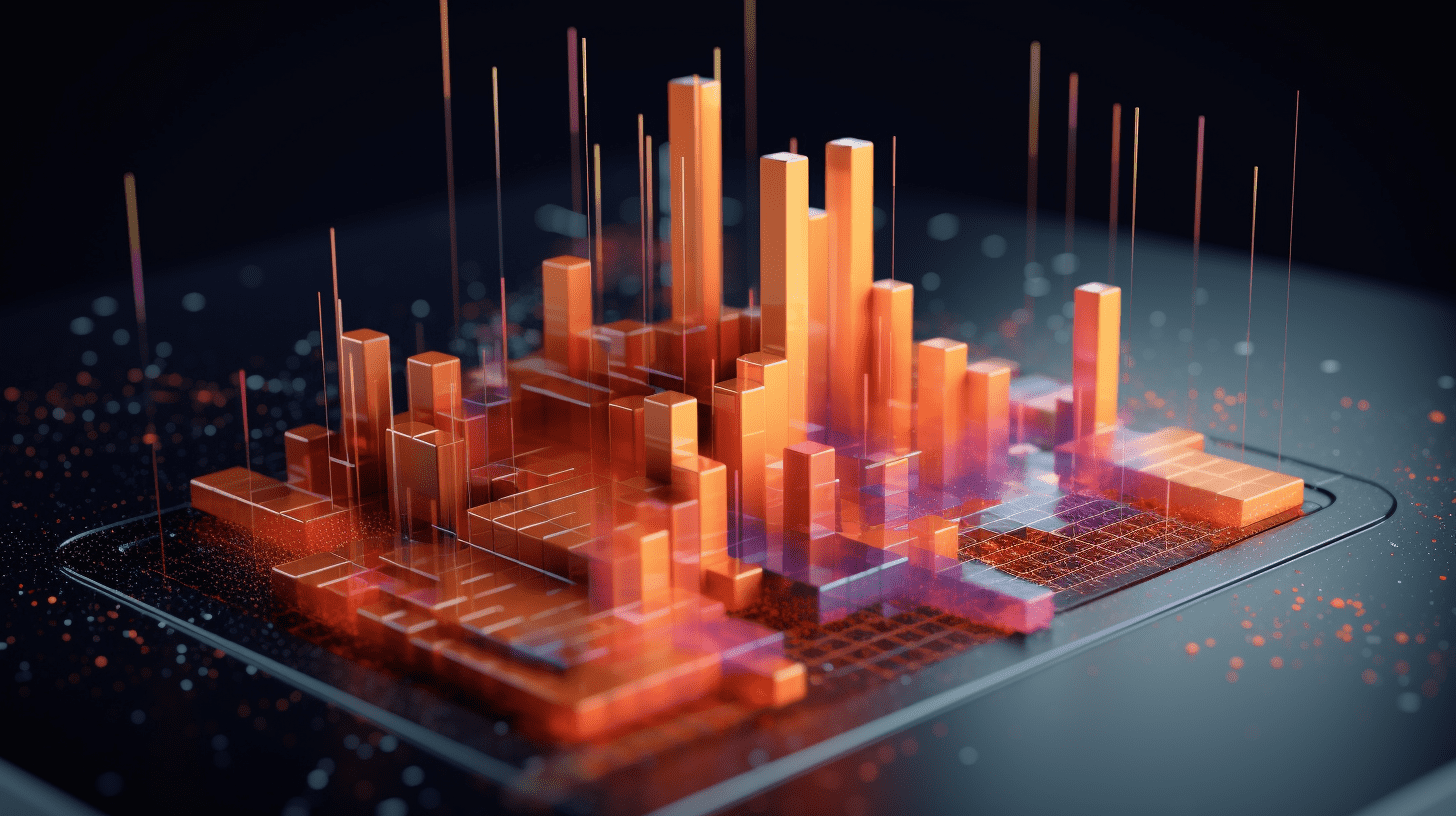Residents and data centers compete for water resources? The hidden water crisis in Australia's AI construction frenzy
When the Australian government approved the construction of data centers, it did not require them to develop quantifiable water conservation plans, causing concerns that the rapid growth of the industry will lead to residents being caught in a water resource battle.
The Australian government did not require the development of quantifiable water conservation plans when approving the construction of data centers, raising concerns that the rapid growth of the industry could lead residents into a water resource conflict.
Since expanding planning permissions in 2021, the New South Wales government, overseeing Australia's largest city, has approved all 10 data center construction applications, including those from Microsoft Corporation, Amazon.com, Inc., and AirTrunk under Blackstone Inc. These centers will bring a total construction expenditure of 6.6 billion Australian dollars (4.35 billion US dollars) but are expected to consume as much as 9.6 billion liters of clean water annually, close to 2% of Sydney's largest water supply.
Less than half of the approved applications provided estimated data on how the adoption of alternative water sources could save water. State planning regulations require data center developers to "prove how the project maximizes the reduction of energy, water, and material resources consumption," but do not require the provision of estimated water usage or water conservation data. Developers need to disclose the use of alternative water sources but are not required to specify the amount used.
These findings suggest that authorities are approving projects expected to have a significant impact on public water demand based on developers' vague and non-quantifiable commitments, as these developers try to capitalize on the global $200 billion data center boom.
The state planning department confirmed that the 10 approved data centers are estimated to consume 9.6 billion liters of water annually, but noted that five of the projects outlined plans to gradually reduce water demand. The department did not specify which projects and did not comment on whether their water conservation plans are quantifiable. A department spokesperson told the media in an email: "In all cases, Sydney Water has confirmed to this department its capacity to provide the required water for data centers."
According to predictions provided by Sydney Water, data center water usage could potentially account for a quarter of Sydney's available water resources by 2035 (1,350 billion liters). This forecast assumes that data centers achieve their targets for reducing water usage for server cooling but does not specify these targets.
Sydney's drinking water is limited to one dam and one desalination plant, and with increasing population and rising temperatures, the supply is becoming increasingly strained. In 2019, during a drought and bushfire crisis in Australia, the city had 5.3 million residents forbidden from using hoses for gardening or car washing.
"There is already a gap between supply and demand," said Ian Wright, former scientist at Sydney Water and current associate professor of environmental science at Western Sydney University. He added that as more data centers are built, "their growing water demand during times of drought will be very problematic."
The number of data centers storing computing infrastructure is exponentially increasing globally as artificial intelligence and cloud computing become more prevalent. However, the significant water demand of their cooling systems has prompted the introduction of new water regulations in countries like the United States and Europe.
Documents show that New South Wales does not have mandatory water regulations for data centers, as long as the government is "satisfied that the project includes measures to reduce drinking water consumption."
Data Center Boom
Out of the 10 approved data center applications, only three provided estimated data on the developers' plans to use alternative water sources like rainwater to reduce their dependence on public water supplies. Documents show that the largest data center approved for construction is a 320-megawatt facility by AirTrunk, which claimed to collect enough rainwater to reduce its drinking water consumption by 0.4% before its approval.
An AirTrunk spokesperson stated that early planning documents referred to peak demand, but "recent models submitted to Sydney Water indicate a significant reduction in actual water usage." The spokesperson added that the company is "working with Sydney Water to convert the site to almost entirely use recycled water."
In the case of two data centers on land owned by Amazon.com, Inc., one has promised a 15% reduction in municipal water dependency. The two centers, requiring a total of 195.2 megawatts of power, were expected to consume up to 92 million liters of Sydney drinking water annually before collecting rainwater; one project provided an estimate of water usage reduction, but data for the other project was not provided.
Amazon.com, Inc. declined to comment on individual projects but stated that its Australian data centers avoid water cooling for 95.5% of the year, as their temperature control systems rely more on fans than evaporative cooling.
Microsoft Corporation provided a 12% estimated water usage reduction for one of its two approved data centers in Sydney.
Difficult to Accept
Meanwhile, suburban councils in Sydney are hoping to slow down what they see as a competition for limited water resources, especially as the state government plans to build 377,000 new homes by 2029 to alleviate housing shortages.
"Many data centers have been built without adequate discussion," said Damien Atkins, a councilor in the Blacktown City Council. The city is constructing data centers approved by the state government, owned by AirTrunk, Amazon.com, Inc., and Microsoft Corporation. "There should be more opposition, and I'm only starting to raise these issues now."
In the northern part of the city, the Ryde City Council has requested for approval authority to be returned to local governments citing water usage and other issues.
The neighboring council in Lane Cove has five data centers, with six others in different planning stages. The council stated that these 11 centers will occupy nearly 3% of the water supply and has called for a pause in approvals.
Related Articles

The Australian dollar exchange rate continues to soar, hedge funds take advantage of the trend by increasing bullish bets.

Morgan Stanley and Deutsche Bank both raised expectations for interest rate cuts: The Federal Reserve may cut interest rates three times in September, October, and December.

Midland real estate: Hong Kong's top ten residential estates saw 11 transactions over the weekend, representing a 57.1% increase from the previous week and reaching a new five-week high.
The Australian dollar exchange rate continues to soar, hedge funds take advantage of the trend by increasing bullish bets.

Morgan Stanley and Deutsche Bank both raised expectations for interest rate cuts: The Federal Reserve may cut interest rates three times in September, October, and December.

Midland real estate: Hong Kong's top ten residential estates saw 11 transactions over the weekend, representing a 57.1% increase from the previous week and reaching a new five-week high.

RECOMMEND

Hong Kong Stock Concept Tracker|Oracle (ORCL.US) RPO Surge Ignites AI Computing Power Chain—Domestic Opportunities in Focus
11/09/2025

Southbound Capital Flows Shift: Profit-Taking on High-Flying Stocks and Accumulating Alibaba and Tence
11/09/2025

Anti-Involution Policies Deliver Results as August Price Indicators Improve
11/09/2025


